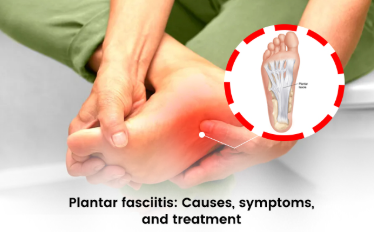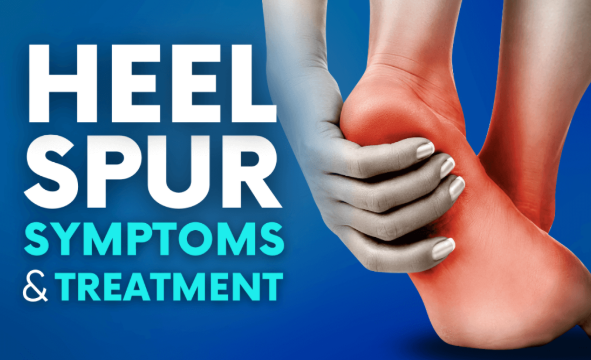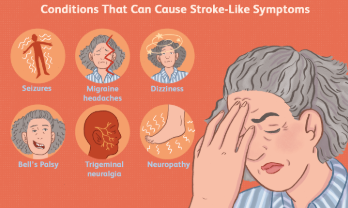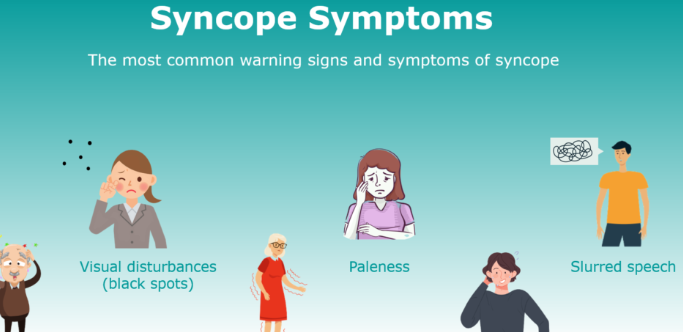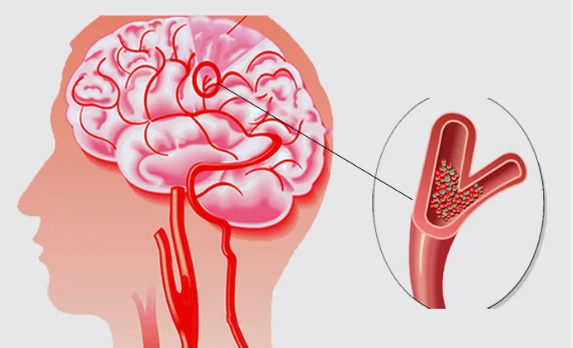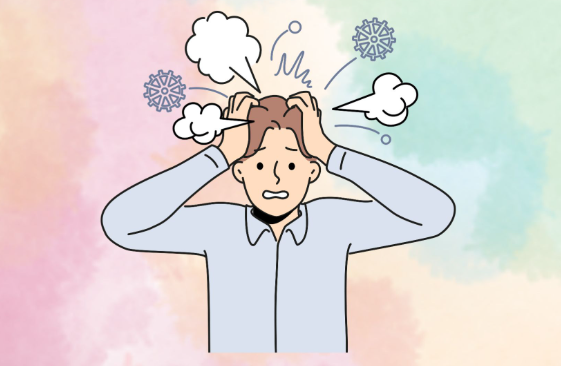Introduction
Plantar fasciitis is a common foot condition characterized by heel pain and inflammation of the plantar fascia, a thick band of tissue that supports the arch of the foot. Many individuals with fibromyalgia experience foot pain that resembles plantar fasciitis, raising the question of whether there is a connection between the two conditions.
While plantar fasciitis is typically caused by overuse, improper footwear, or strain, fibromyalgia patients may experience similar foot pain without an identifiable injury. This article explores the link between fibromyalgia and plantar fasciitis, potential causes, symptoms, and effective treatment strategies.
1. What is Plantar Fasciitis?
Plantar fasciitis is the inflammation or irritation of the plantar fascia, the ligament that runs along the bottom of the foot. This condition is one of the most common causes of heel pain, especially among runners, athletes, and individuals who spend long hours on their feet.
1.1 Symptoms of Plantar Fasciitis
✔ Sharp or stabbing pain in the heel, especially with the first steps in the morning.
✔ Pain that worsens after long periods of standing or walking.
✔ Stiffness and tenderness in the arch or heel area.
✔ Increased discomfort after exercise or activity, but not usually during it.
✔ Pain that improves with movement but worsens again after rest.
1.2 Common Causes of Plantar Fasciitis
✔ Overuse or excessive strain on the foot ligaments.
✔ Flat feet or high arches, leading to improper foot mechanics.
✔ Tight calf muscles that put strain on the heel.
✔ Wearing unsupportive footwear (e.g., flip-flops or high heels).
✔ Obesity or sudden weight gain, increasing foot pressure.
2. The Connection Between Fibromyalgia and Plantar Fasciitis
Fibromyalgia is a chronic pain condition that affects muscles, joints, and soft tissues throughout the body. While plantar fasciitis is a localized inflammatory condition, fibromyalgia can cause widespread pain that includes the feet.
2.1 Why Do People with Fibromyalgia Experience Foot Pain?
✔ Increased Pain Sensitivity (Central Sensitization): Fibromyalgia causes the nervous system to amplify pain signals, making minor irritation in the foot feel more intense.
✔ Muscle and Tendon Stiffness: Fibromyalgia can cause tight muscles and tendons in the lower legs and feet, increasing strain on the plantar fascia.
✔ Poor Circulation: Some fibromyalgia patients experience cold or numb feet, which may contribute to tissue stiffness and pain.
✔ Altered Walking Patterns: Due to widespread pain, people with fibromyalgia may walk differently to compensate for discomfort, putting extra strain on the feet.
✔ Sleep Disturbances and Poor Recovery: Since sleep deprivation increases pain perception, fibromyalgia patients may feel more foot pain than usual, even if there is no significant inflammation.
3. How to Differentiate Between Fibromyalgia Foot Pain and Plantar Fasciitis?
Since both conditions can cause foot pain, it is essential to differentiate between them to find the right treatment.
| Feature | Plantar Fasciitis | Fibromyalgia-Related Foot Pain |
|---|---|---|
| Cause | Inflammation of the plantar fascia due to strain | Nervous system dysfunction (pain amplification) |
| Pain Location | Heel and arch of the foot | Can be widespread, including both feet |
| Pain Pattern | Worse in the morning or after activity | Constant or varies throughout the day |
| Response to Ice & Anti-Inflammatories | Usually improves | May have little to no effect |
| Presence of Swelling or Tenderness | Possible | Unlikely |
If you experience severe heel pain that worsens with walking and improves with proper footwear or stretching, plantar fasciitis is more likely. However, if your foot pain is constant, widespread, and fluctuates, it may be related to fibromyalgia.
4. Diagnosis: Is It Plantar Fasciitis or Fibromyalgia Foot Pain?
A doctor will assess your symptoms, medical history, and physical examination to determine whether your foot pain is due to plantar fasciitis, fibromyalgia, or both.
✔ Physical Exam: Pressing on the heel and plantar fascia to check for tenderness.
✔ X-rays or Ultrasound: May be used to rule out bone spurs or other structural issues.
✔ Blood Tests: Used to rule out autoimmune conditions like rheumatoid arthritis or lupus.
5. Treatment Strategies for Plantar Fasciitis in Fibromyalgia
Since fibromyalgia can exacerbate foot pain, an effective treatment plan must address both conditions simultaneously.
5.1 Conservative Treatments for Plantar Fasciitis
✔ Foot Stretches & Exercises:
- Calf stretches to loosen the Achilles tendon.
- Toe stretches to improve foot flexibility.
- Rolling a frozen water bottle under the arch to relieve pain.
✔ Orthotic Support & Proper Footwear:
- Wear arch-supporting shoes with good cushioning.
- Use custom or over-the-counter orthotic insoles.
- Avoid barefoot walking on hard surfaces.
✔ Cold & Heat Therapy:
- Ice packs reduce inflammation.
- Heat therapy relaxes tight muscles.
✔ Physical Therapy:
- Strengthening foot muscles prevents strain.
- Myofascial release techniques may reduce pain.
✔ Night Splints:
- Keeps the foot in a stretched position while sleeping.
✔ Anti-Inflammatory Medications (NSAIDs):
- Ibuprofen or naproxen can help with plantar fasciitis, but may not work well for fibromyalgia-related pain.
5.2 Fibromyalgia-Specific Pain Management
Since fibromyalgia increases pain sensitivity, additional pain management techniques may help:
✔ Medications for Nerve Pain: Pregabalin (Lyrica) or duloxetine (Cymbalta).
✔ Massage Therapy: Helps relax tight foot muscles.
✔ Gentle Exercise: Yoga and swimming reduce overall muscle stiffness.
✔ Mindfulness & Stress Management: Meditation and relaxation techniques lower pain levels.
6. Preventing Foot Pain in Fibromyalgia
Since fibromyalgia can make plantar fasciitis pain worse, taking preventive measures is key.
✔ Maintain a Healthy Weight: Reduces pressure on the feet.
✔ Avoid Prolonged Standing or Walking: Take breaks when necessary.
✔ Stretch Before Activity: Prevents strain on the plantar fascia.
✔ Wear Proper Footwear: Avoid unsupportive shoes or walking barefoot.
✔ Use Compression Socks: May improve circulation and reduce discomfort.
7. Conclusion: Understanding Plantar Fasciitis in Fibromyalgia
Plantar fasciitis and fibromyalgia-related foot pain can coexist, making diagnosis and treatment more complex. While plantar fasciitis is caused by strain on the foot ligament, fibromyalgia can exacerbate pain sensitivity and make symptoms feel worse.
A comprehensive approach that includes proper foot support, stretching, pain management, and fibromyalgia-specific treatments can help relieve discomfort and improve mobility.
If foot pain persists despite treatment, consulting a podiatrist or rheumatologist can help determine the best course of action.
Would you like a personalized stretching guide for foot pain relief?

Click Here to Visit the Store and find Much More….
For More Information Related to Fibromyalgia Visit below sites:
References:
Fibromyalgia Contact Us Directly
Click here to Contact us Directly on Inbox
Official Fibromyalgia Blogs
Click here to Get the latest Chronic illness Updates
Fibromyalgia Stores
